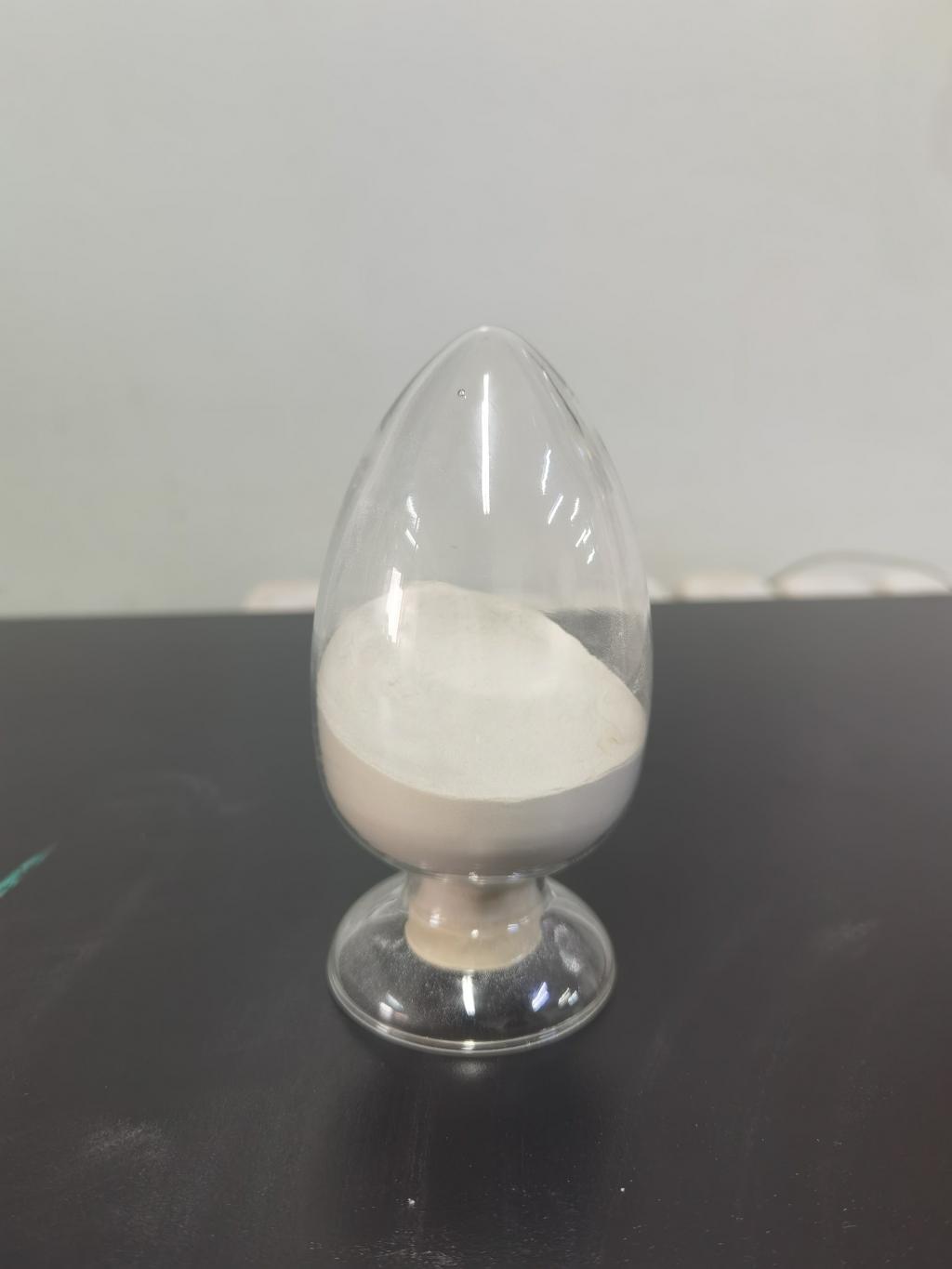Tel:+8618231198596

News
 CONTACT
CONTACT
 CONTACT
CONTACT
- Linkman:Linda Yao
- Tel: +8618231198596
- Email:linda.yao@dcpharma.cn
- Linkman:CHARLES.WANG
- Department:Overseas
- Tel: 0086 0311-85537378 0086 0311-85539701
News
Nisin: Enhancing Shelf Life in Bakery Products.
TIME:2023-09-12
Nisin: A Natural Antimicrobial Agent
What is Nisin?
Nisin is a natural antimicrobial agent with a long history of safe usage in the food industry. It is produced through the fermentation of Lactococcus lactis bacteria and belongs to a class of compounds known as lantibiotics. Nisin is a cationic peptide with a molecular weight of approximately 3,500 Da and is composed of 34 amino acid residues.
Mechanism of Action
Nisin's antimicrobial activity primarily targets Gram-positive bacteria, including several foodborne pathogens such as Listeria monocytogenes and Staphylococcus aureus. Its mechanism of action involves binding to lipid II, a key component in bacterial cell wall synthesis, disrupting the cell membrane integrity, and ultimately leading to cell death. This selective action against harmful bacteria makes nisin an attractive choice for food preservation.
Nisin in Bakery Products
Preservation of Bread
Bread is a staple food consumed worldwide, and its shelf life is a critical consideration for both manufacturers and consumers. The addition of nisin to bread dough can effectively inhibit the growth of spoilage microorganisms and pathogens. This results in an extended shelf life, improved product safety, and reduced food waste.
Prevention of Mold Growth
Mold growth is a common issue in bakery products, especially in high-moisture environments. Nisin has shown effectiveness in preventing the growth of molds such as Aspergillus and Penicillium. By inhibiting mold growth, nisin helps maintain the freshness and quality of bakery items like cakes, muffins, and pastries.
Retardation of Staling
Staling, or the loss of freshness and moisture in baked goods, is a major concern in the bakery industry. Nisin has been found to slow down the staling process by reducing the growth of spoilage bacteria responsible for the breakdown of bread texture. This results in softer and more palatable bakery products over an extended period.
Regulatory Aspects
Safety Evaluation
Nisin has a long history of safe usage in the food industry. Regulatory agencies such as the U.S. Food and Drug Administration (FDA) and the European Food Safety Authority (EFSA) have established acceptable daily intake (ADI) levels for nisin. These levels ensure that nisin can be used as a food preservative without posing health risks to consumers.
Maximum Residue Limits
In some countries, regulatory bodies have set maximum residue limits (MRLs) for nisin in specific food products to ensure that its usage remains within safe and acceptable levels. Food manufacturers must adhere to these limits to comply with food safety regulations.
Benefits and Challenges of Nisin Usage in Bakery Products
Benefits
Extended Shelf Life: Nisin effectively extends the shelf life of bakery products, reducing food waste and saving money for manufacturers and consumers.
Enhanced Safety: Nisin's antimicrobial properties enhance the safety of bakery items by inhibiting the growth of pathogenic bacteria.
Improved Quality: The preservation effect of nisin helps maintain the quality, texture, and freshness of bakery products.
Challenges
Limited Efficacy Against Yeasts and Gram-Negative Bacteria: Nisin's activity is primarily against Gram-positive bacteria, so it may not effectively control yeasts and Gram-negative bacteria in bakery products.
Regulatory Compliance: Adherence to regulatory standards and MRLs can be challenging for manufacturers, necessitating careful monitoring and documentation.
Consumer Perception: Some consumers may have concerns about the use of food additives, including nisin, in their food products, which could impact their purchasing decisions.
Future Trends and Research
The use of nisin in bakery products is likely to continue evolving as research explores new applications and formulations. Future trends may include the development of nisin-based coatings, encapsulation technologies, and synergistic combinations with other natural preservatives to improve efficacy against a broader spectrum of microorganisms.
Researchers may also focus on optimizing nisin production processes, reducing costs, and addressing any regulatory or consumer concerns related to its usage in food products.
Conclusion
Nisin has emerged as a valuable tool in enhancing the shelf life of bakery products while ensuring their safety and quality. Its natural origin, well-established safety profile, and mechanism of action make it a preferred choice for food manufacturers. By effectively inhibiting the growth of harmful bacteria and molds, as well as retarding staling, nisin contributes to reducing food waste and improving the overall consumer experience. However, ongoing research and development efforts are needed to address its limitations and further expand its applications in the bakery industry. As food safety and preservation continue to be paramount concerns, nisin's role in bakery products remains both relevant and promising.
- Tel:+8618231198596
- Whatsapp:18231198596
- Chat With Skype







